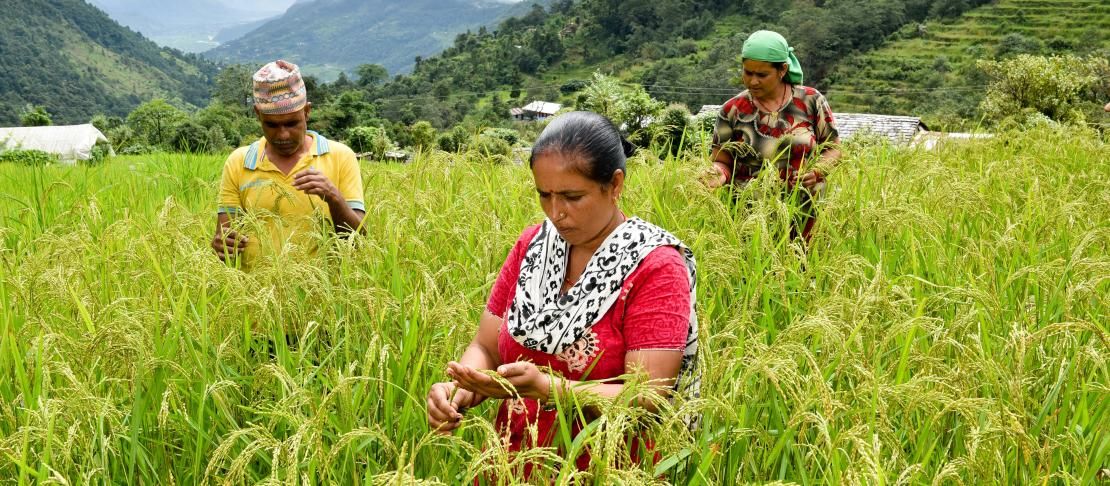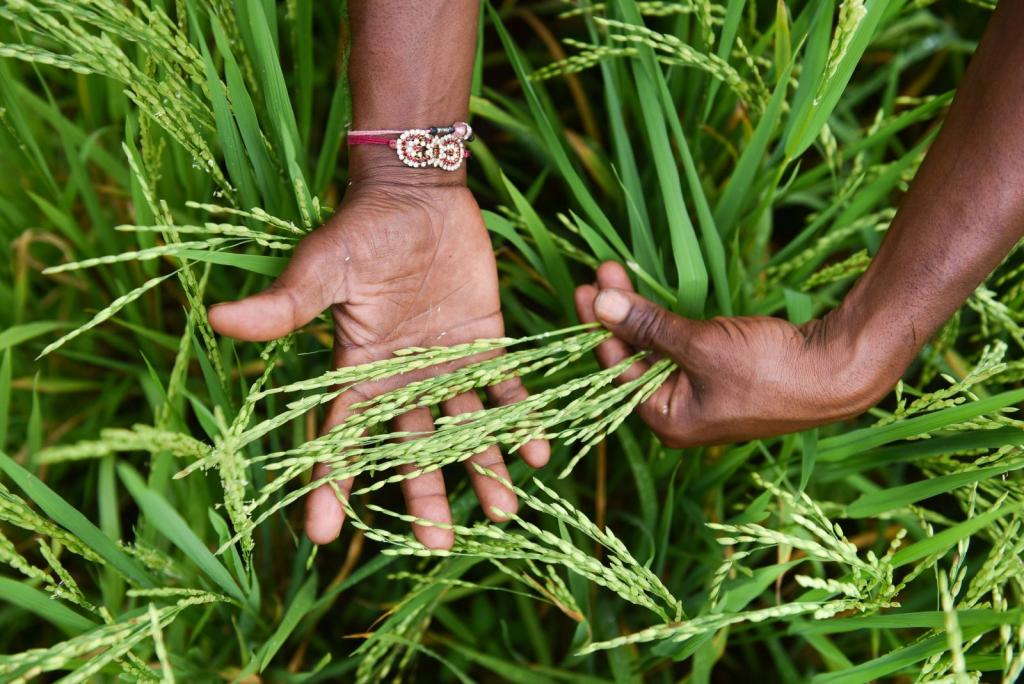Koronivia: setting the stage for an agricultural transformation

In a recent webinar, participants discussed how the Koronivia Joint Work on Agriculture can help agricultural development address a triple threat: food security, climate resilience, and mitigation.
Over 80 negotiators, observers and key stakeholders came together to build a better understanding of the key opportunities and challenges involved in advancing the Koronivia Joint Work on Agriculture through a webinar co-hosted by CCAFS and the Food and Agriculture Organization of the United Nations (FAO) on February 21st.
Throughout the webinar, presenters and participants preparing for engagement in upcoming United Nations Framework Convention on Climate Change (UNFCCC) Subsidiary Body meetings focused on a key question: how can the Koronivia Joint Work on Agriculture ensure that pathways to agricultural development are both low carbon and climate resilient?
A landmark decision on agriculture
The agriculture sector faces a three-pronged challenge in the context of climate change. Firstly, it must produce more food to feed a growing world population. Secondly, in order to do this, it must overcome negative impacts of climate change on crops, livestock and fisheries. And thirdly, as a significant contributor to greenhouse gases (19-29% of global anthropogenic emissions), it must reduce emissions by 2030 to achieve the global goal of limiting warming to 2 oC.
To meet these challenges, agricultural development must go beyond business-as-usual. But because these challenges make poverty alleviation through agricultural development more difficult, developed and developing countries have long disagreed on priorities for the agriculture sector. It is in spite of this longstanding disagreement that a decision was made at the 23rd UNFCCC Conference of the Parties (COP) to establish the Koronivia Joint Work on Agriculture, signalling support on all sides for an agricultural transformation.
The Koronovia Joint Work on Agriculture is a great opportunity. Within the UNFCCC, climate change and innovation are dominated by the transport, energy and aviation sectors. Agriculture gets very little attention. Koronovia can change that,” said Bruce Campbell, director of CCAFS.
Addressing the triple threat


The Koronivia Joint Work presents an opportunity for countries to work together to ensure that agricultural development ensures both increased food security in the face of climate change, and a reduction in emissions. During the webinar, representatives from Uruguay and New Zealand provided participants with developed and developing country perspectives on what the Koronivia decision means:
A holistic approach for the agriculture sector would improve the effectiveness of climate change actions by addressing intrinsically linked challenges as one.” - Martial Bernoux, FAO
Adaptation to climate variability is urgent in Uruguay, explained Walter Oyhantcabal: with an economy focused heavily on agriculture, the impact of drought can be crippling. At the same time, over 75% of the country’s GHG emissions come from agriculture. Koronivia can set the stage for the technology transfer, capacity building and financial support that Uruguay needs to continue reducing emissions and cope with climate change.
Victoria Hatton laid out the context for New Zealand: emissions from agriculture make up 49% of the country’s total, but this is in part because renewables account for roughly 90% of its energy use. In fact, together with efficient pasture-based farming systems, these low off-farm emissions mean a low carbon footprint for New Zealand farms. Koronivia will enable New Zealand to consolidate and share its scientific expertise and technologies, enabling its success to be replicated in other countries.
We don’t have to reinvent the wheel, but we can make use of much already ongoing work referring to the different focus areas mentioned under the Koronivia joint work. The decision can support the identification and scaling up of best practices to address these dimensions."
5 recommendations for Koronivia
How, then, can the Koronivia Joint Work on Agriculture best support countries to transform their agricultural sectors and advance climate action? Based on extensive research, CCAFS has five recommendations:
5 ways forward for the koronivia joint work on agriculture1. Support implementationWorking together, the two Subsidiary Bodies of the UNFCCC can mobilize the knowledge, finance, technology and capacity that countries need to implement agriculture-related climate actions identified within their NDCs and national policies and initiatives. 2. Facilitate knowledge sharingSupport knowledge sharing amongst parties and observers on issues relating to agriculture. Facilitating exchange can help rapidly scale up climate action. 3. Technology transfer, including through South-South exchangeScale up technology transfer efforts in the sector, including through South-South exchange, and additional resources for the sector through Climate Technology Centre and Network. 4. Capacity buildingMobilize the capacity building efforts of the Convention to address capacity gaps that have been identified in the negotiations and in-session workshops, with emphasis on addressing existing inequities. 5. Mobilize financeProvide guidance to the Global Environment Facility and the Green Climate Fund to accord higher priority to investments in agriculture. At the same time, seek to leverage innovative financial models to finance climate actions in the sector, including through blending public and private sources. |
Read more:
- Working paper: 10 best bet innovations for adaptation in agriculture: A supplement to the UNFCCC NAP Technical Guidelines
- Working paper: Agricultural practices and technologies to enhance food security, resilience and productivity in a sustainable manner: Messages to the SBSTA 44 agriculture workshops
- Info Note: Measures for climate change adaptation in agriculture: Opportunities for climate action in agricultural systems
- Info Note: Assessing climate change adaptation needs in the agricultural sector: Experiences from the CGIAR Research Program on Climate Change, Agriculture and Food Security
Marissa Van Epp is the Global Communications and Knowledge Manager for the CCAFS Project Management Unit.
